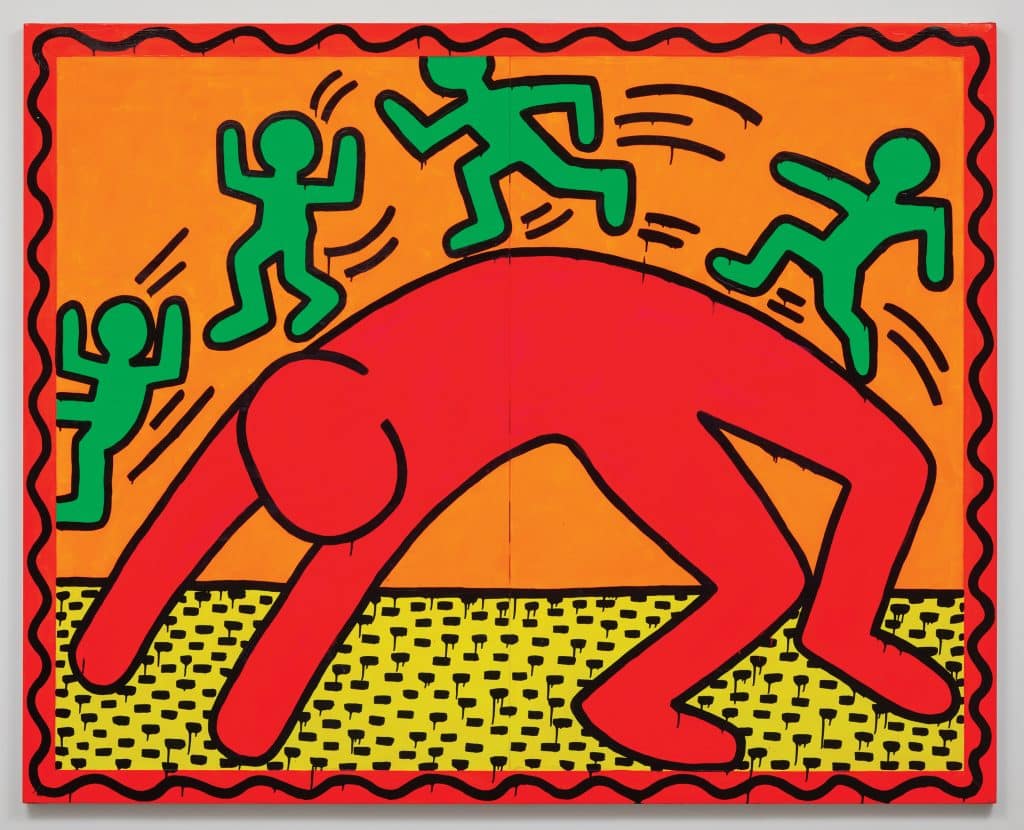Keith Haring’s Untitled, (1982, vinyl ink on vinyl tarp, 12 x 12 ft)
by G.W. Mercure
To writer Brad Gooch, Keith Haring was more than an artist: He was a narrative figure whose life and work embodied the essence of New York City in the 1980s. Gooch, a seasoned biographer, novelist, memoirist, and poet, explores Haring’s multifaceted story in Radiant: The Life and Line of Keith Haring. Gooch lived in downtown Manhattan during the same period as Haring and offers a personal yet historical perspective on an artist who was both a product and a shaper of his time.

Photo: Jack Pierson
Gooch has long been fascinated by Haring. Having seen Haring’s work on the streets and in the subways, Gooch initially considered writing a novel about him. However, he realized that a biography could more effectively capture the fantastical facts of Haring’s life and career, “…the Guinness-Book-of-Records facts about Haring’s ten-year comet of a career were too fantastic not to include. All of this is now history, and biography is a sort of birth-to-death 19th-century novel while allowing for all that information we love in our Information Age,” Gooch says.
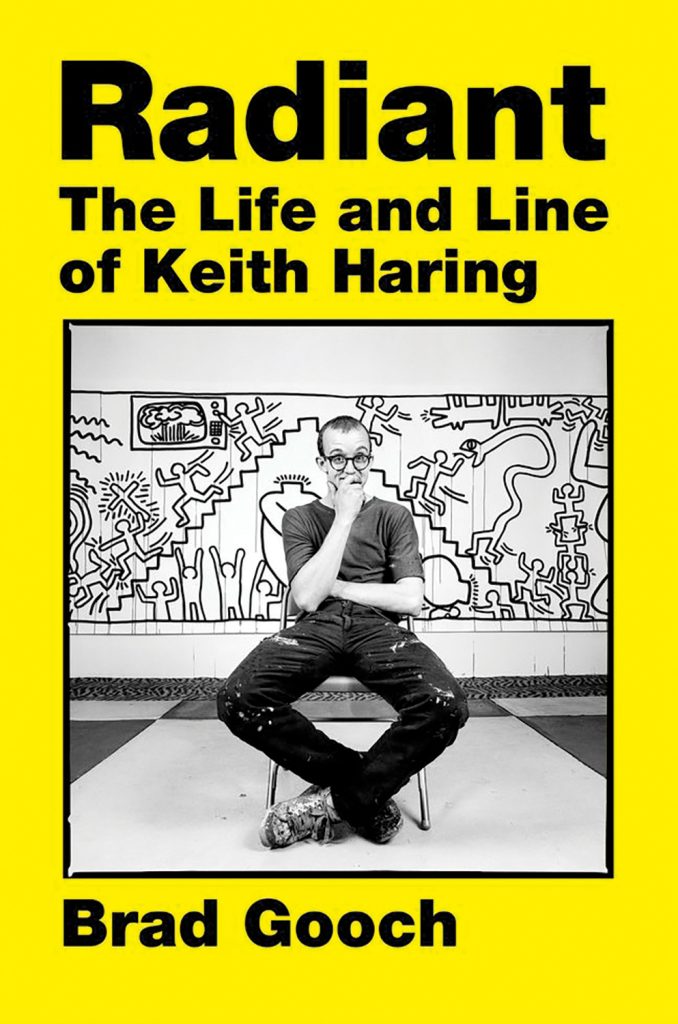
On July 26, Twenty Summers and East End Books will present author Brad Gooch and designer Ken Fulk in conversation about Gooch’s new biography of artist Keith Haring, Radiant: The Life and Line of Keith Haring. The book offers a comprehensive and engaging look at an iconic figure of the 1980s not only in art, but in culture, cultural history, and letters. Gooch’s meticulous research and poetic approach bring Haring’s story to life, capturing the essence of his artistic and personal journey. This biography is a must-read for anyone interested in understanding the life and legacy of Keith Haring.
Gooch’s background writing about the Lower East Side art scene in the late seventies and early eighties provided a foundation for this biography. His influences included poets, art critics, and contemporary artists. Gooch’s poetic sensibility is evident in his nuanced portrayal of Haring’s life and work. “I remember as a poet in the seventies and early eighties that Haring and [Jean-Michel] Basquiat and David Wojnarowicz felt like poet painters,” he says. “Haring spent about six months to a year writing poems, reading at the St. Mark’s Poetry Project series.”
The Haring Foundation played a crucial role in Gooch’s research. The foundation provided Gooch with access to a wealth of primary sources. “I thankfully had the full support of the Haring Foundation, located in Haring’s old studio on lower Broadway. I would visit several times a week and go through Haring’s works, faxes, letters, old Con Ed bills, eyeglasses, sneakers,” he says. “I also interviewed over 200 of Keith’s friends, family, fellow artists.”
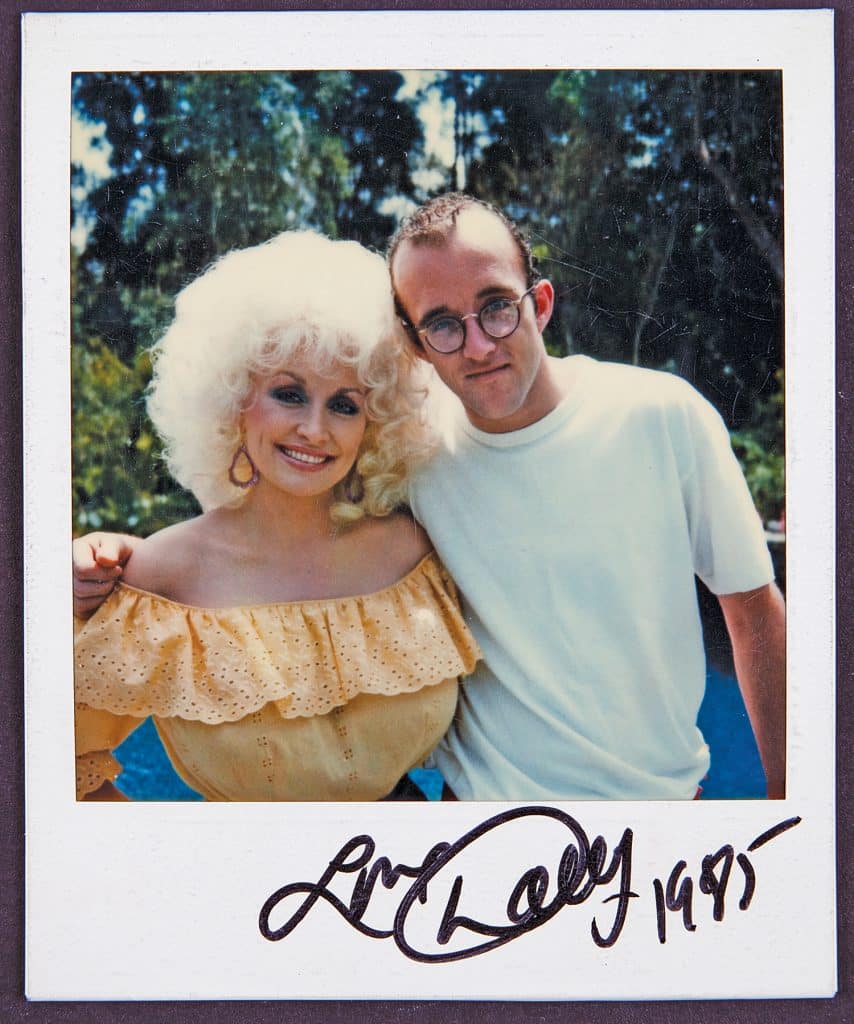
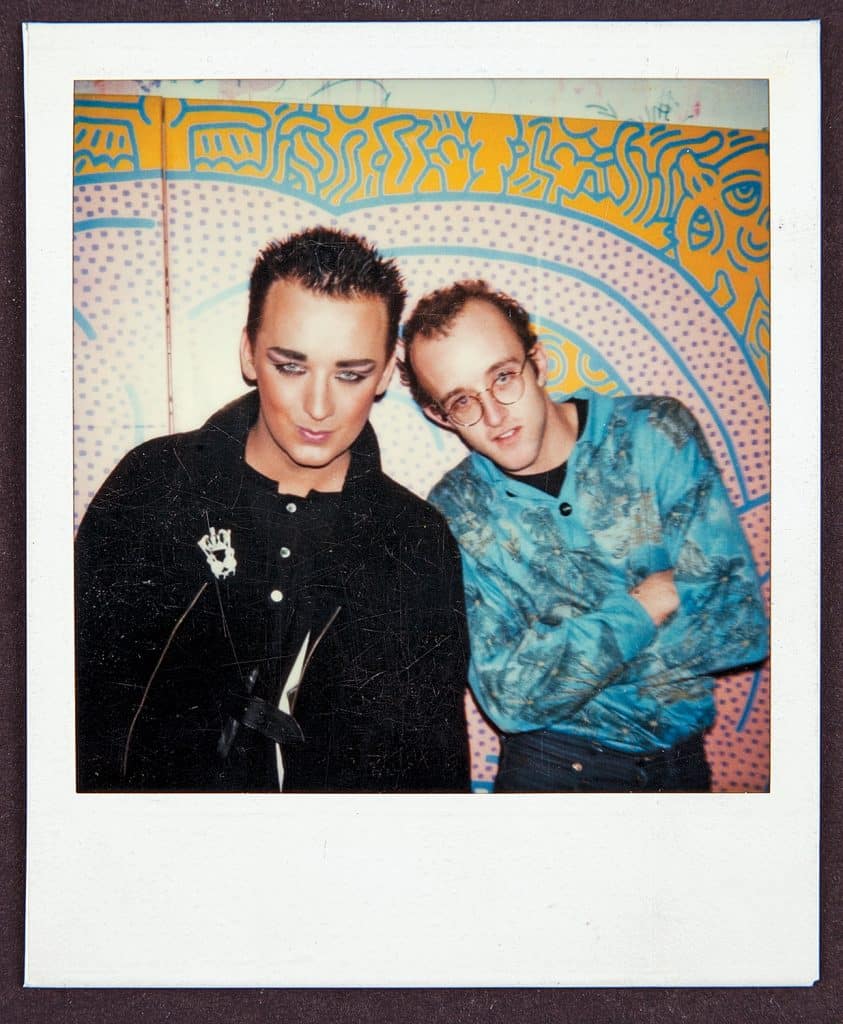
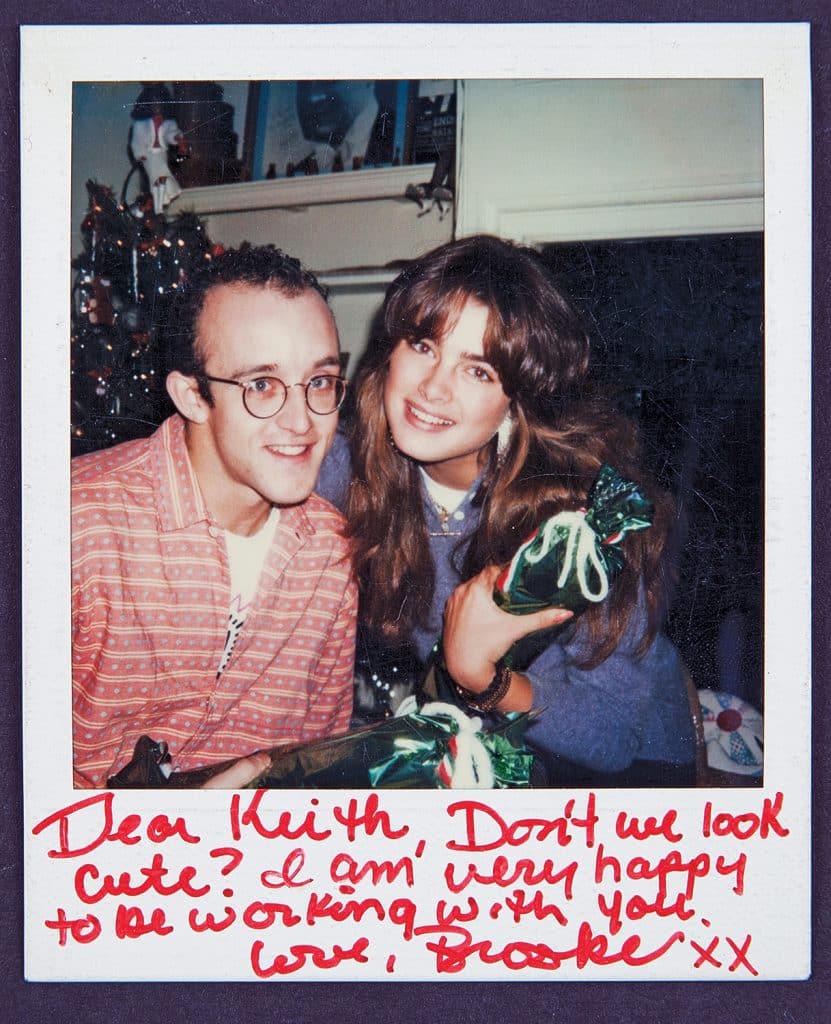
Radiant: The Life and Line of Keith Haring approaches the artist, his life, and his work within the broader historical context of the 1980s. Haring’s rise coincided with the vibrancy and turmoil of downtown Manhattan during that era. “Yet two decades later,” Gooch notes, “Haring and his world are history. You can’t necessarily assume that everyone knows about Club 57, or Mudd Club, or Paradise Garage. Even young queer people often don’t understand what life was like downtown during the height of the AIDS crisis. My book is more of a narrative with lots of historical scaffolding.” Very much like Haring.
Haring’s work followed a trajectory common to many radical artists. Dismissed then (and now) by many of the art world’s highbrow gatekeepers, Haring’s art has gained significant recognition over the decades. “I spoke with Ann Temkin, the chief curator of painting and sculpture at MoMA,” Gooch says, “and she felt that it took about three decades for some radical art to be seen and appreciated on its own terms. With Monet’s Water Lilies, it was as if an alarm clock went off in the fifties, and people saw the work in all its impressive scale. The abstract expressionism painters were Old Masters by the nineties. ‘Haring is about at that thirty-year mark,’ she said to me. ‘His work can seem timeless now.’”
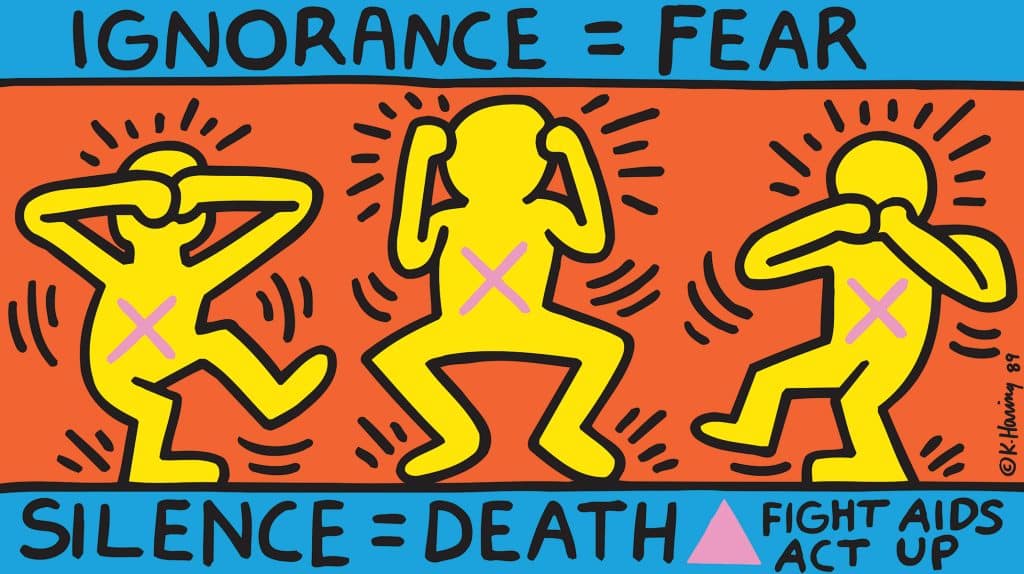
The idea that Haring’s work can be considered timeless has some support, especially in the digital age. “Haring was doing social media before there was social media,” Gooch says. “He wanted to communicate and be part of the visual chart on whatever surfaces or media were available. In that sense, he would adapt easily to the meta scale of such hyperanimation today, with so many platforms for being both artist and activist. Yet such predictions are fraught.
At one point, Haring was thinking of never selling any work again and dropping out of the art market entirely. Perhaps he would have tuned out.” That tension between engagement and withdrawal is a recurring theme in Haring’s life and work.
Manhattan is, rightfully, a key character in Gooch’s biography of Keith Haring. But Provincetown influenced the author’s work in profound ways, as well. His first exposure to Provincetown “visiting with my parents in the early 1960s. I was in middle school, reading [Norman] Mailer, and somehow knew he was associated with Provincetown. I kept looking for him as if he were Smokey the Bear. I also saw many artists doing watercolors on the pier. I felt supercharged by the artiness of it all,” he says. “[It gave me] hope that there was a bigger world out there if I could just work my way somehow to Provincetown and Manhattan.”
Brad Gooch will be in conversation with designer Ken Fulk in conversation about Radiant: The Life and Line of Keith Haring on Friday, July 26, 6 p.m. at WOMR Davis Space, 494 Commercial St., 2nd Fl., Provincetown. The event is presented by East End Books Ptown and Twenty Summers. For more information call 508.413.3225 or visit eastendbooksptown.com.
All images © Keith Haring Foundation

